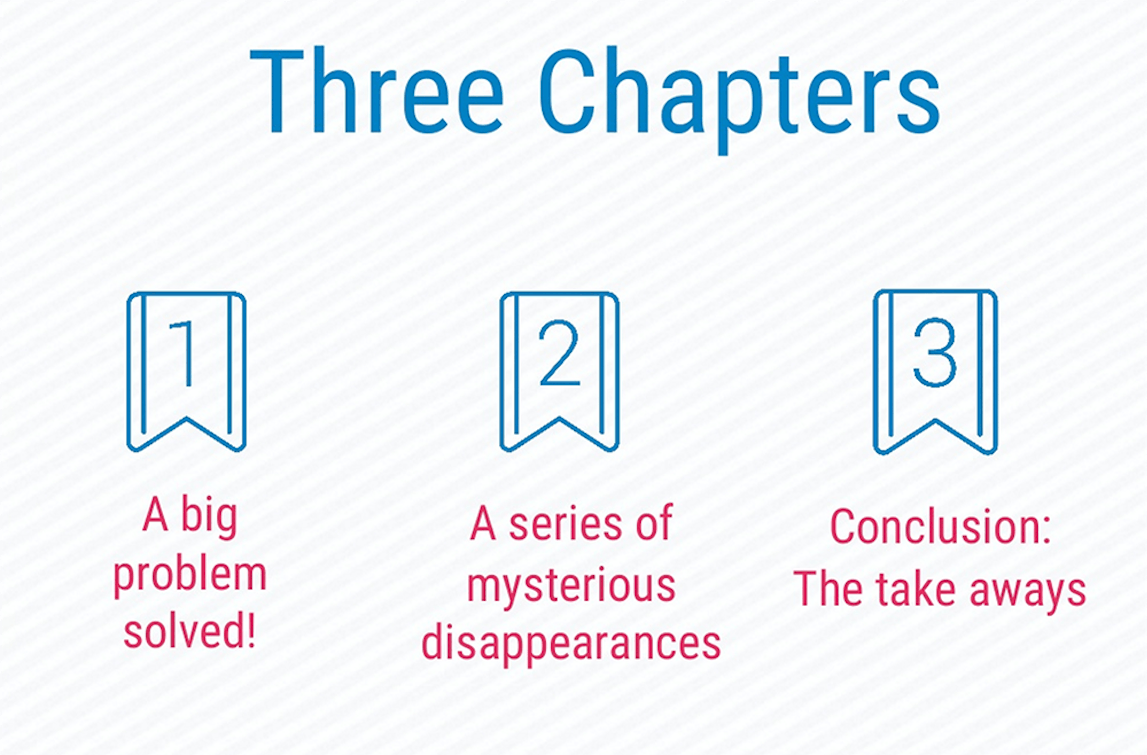Jon Earnshaw has worked with some really big clients and his job today was to tell us how he solved some big issues for Waterstones, a book seller here in the UK.
Chapter 1: A Big Problem Solved
Suspicious flux: movements in the SERPs for the terms that you care about, which are often precursors to something awful happening.
Jon shared an example from Waterstones’ UK site, where rankings increased and decreased sporadically over a period for the term ‘The Bone Clocks’. What’s interesting is that this search term has variations; books come in hard back, paper back, ebook, Kindle editions and so on.
Jon overlayed this terms on his graph and showed how the different variations of the book were competing with one another. Internal conflicts are a challenge many SEOs face.
So how do we fix this?
They implemented the ‘book canonical’. The first book out becomes the canonical. In this case, the types of book can be grouped. Where they coexist, e.g. hard back books and paper back books are basically the same thing, the pages are canonicalised to the first book out. The other group of pages is of those which are different to the original book out, such as e books. These serve a different purpose, and therefore warrant their own page. Here, the pages can co exist providing they serve different content purposes.
The internal conflict for Waterstones has therefore been sorted out.
So what next? Time for the big fixes, now that we’ve removed those issues. We can start thinking about the searcher and creating pages relevant to their needs.
Chapter 2: A Series of Mysterious Disappearances
On the 10th January this year, ‘Test Your Cat’ disappeared from the search results. On the 28th January, ‘The Establishment’ disappeared from SERPs. Literally dozens of others followed.
To find out what was going on, Jon and his team had to dig deep into the search results. By reviewing the SERPs and performing a historical overlay, they found the original publisher of the content had taken their place. And Google was now in the Knowledge Graph instead of them.
What was causing this to happen?
To find out, Jon’s team needed to take a deeper look and play spot the difference with the pages. They found that there was exactly the same synopsis content on both the Waterstones and publisher pages.
They found that in one case, the content of the conflicting page was identical again to Waterstones.
To test this, Jon and his team updated the synopses on their pages and customised them to be unique.
They made the update on the 1st March. Within 10 hours, they saw significant results and Waterstones regained its position. Google responds very quickly to content changes. And you need to be monitoring your content to ensure it isn’t being duplicated.
Chapter 3: The Take Aways
- Don’t ignore the basics. Use data – use your data as well as that of other sites to understand what’s happening in the SERPs
- Utilise historic data
- Investigate suspicious flux
- Know who else is using your content
- Nail the core business terms; don’t abandon keywords, use these alongside audience understanding



